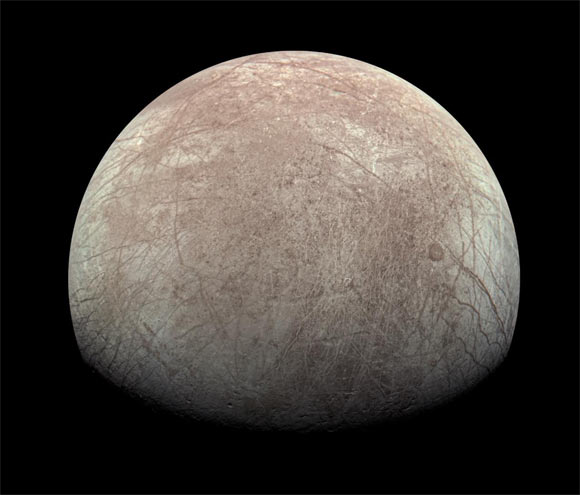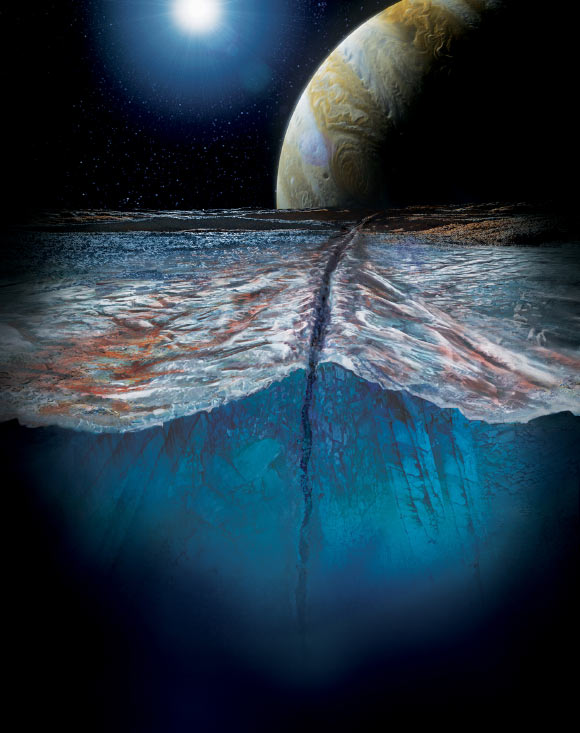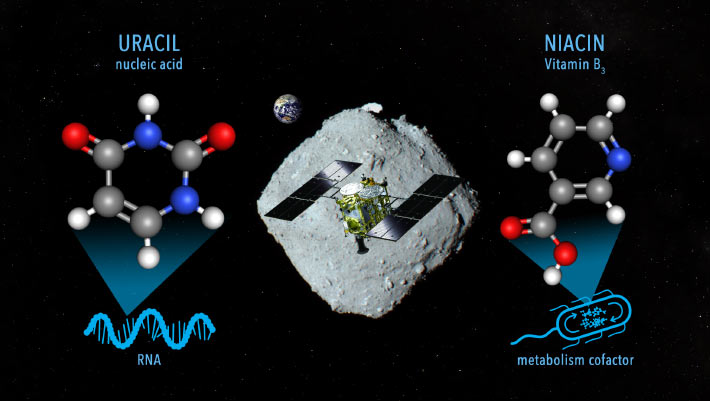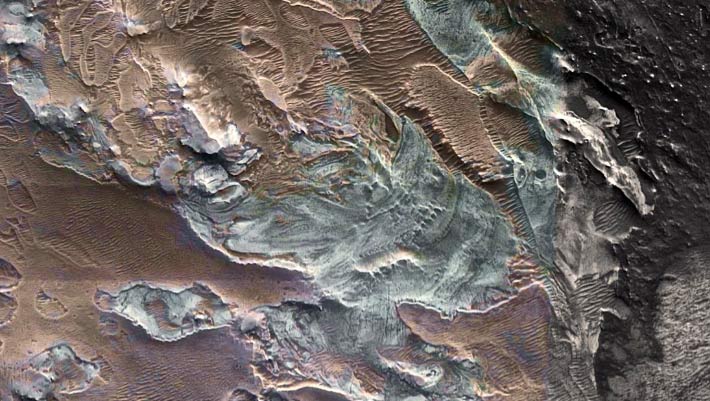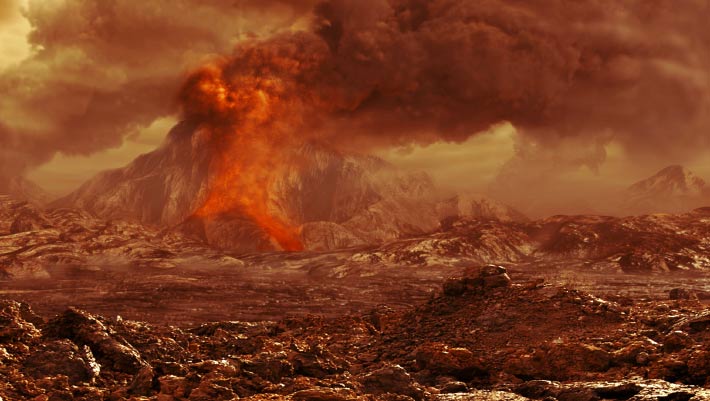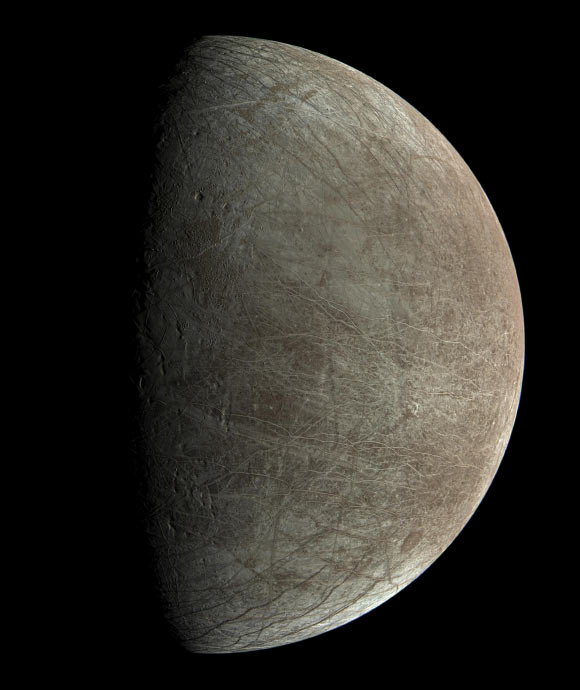Local Tectonic Activity Could Cause Landslides on Icy Satellites of Jupiter and Saturn
Intense tectonism is evident on many outer solar system satellites — such as Ganymede, Europa, and Enceladus — with some surface regions showing ridge-and-trough structures which have characteristics suggestive of…


